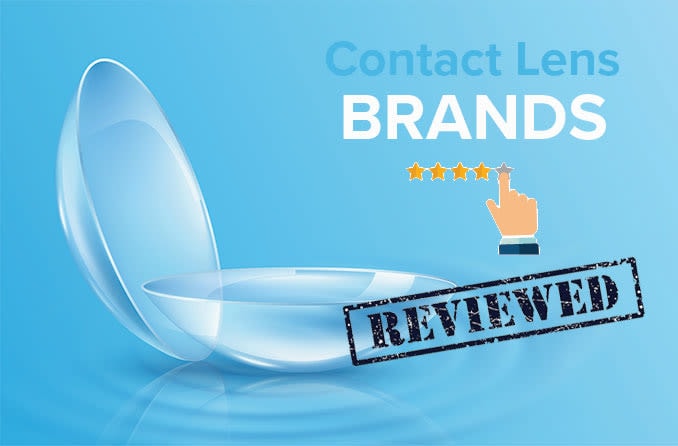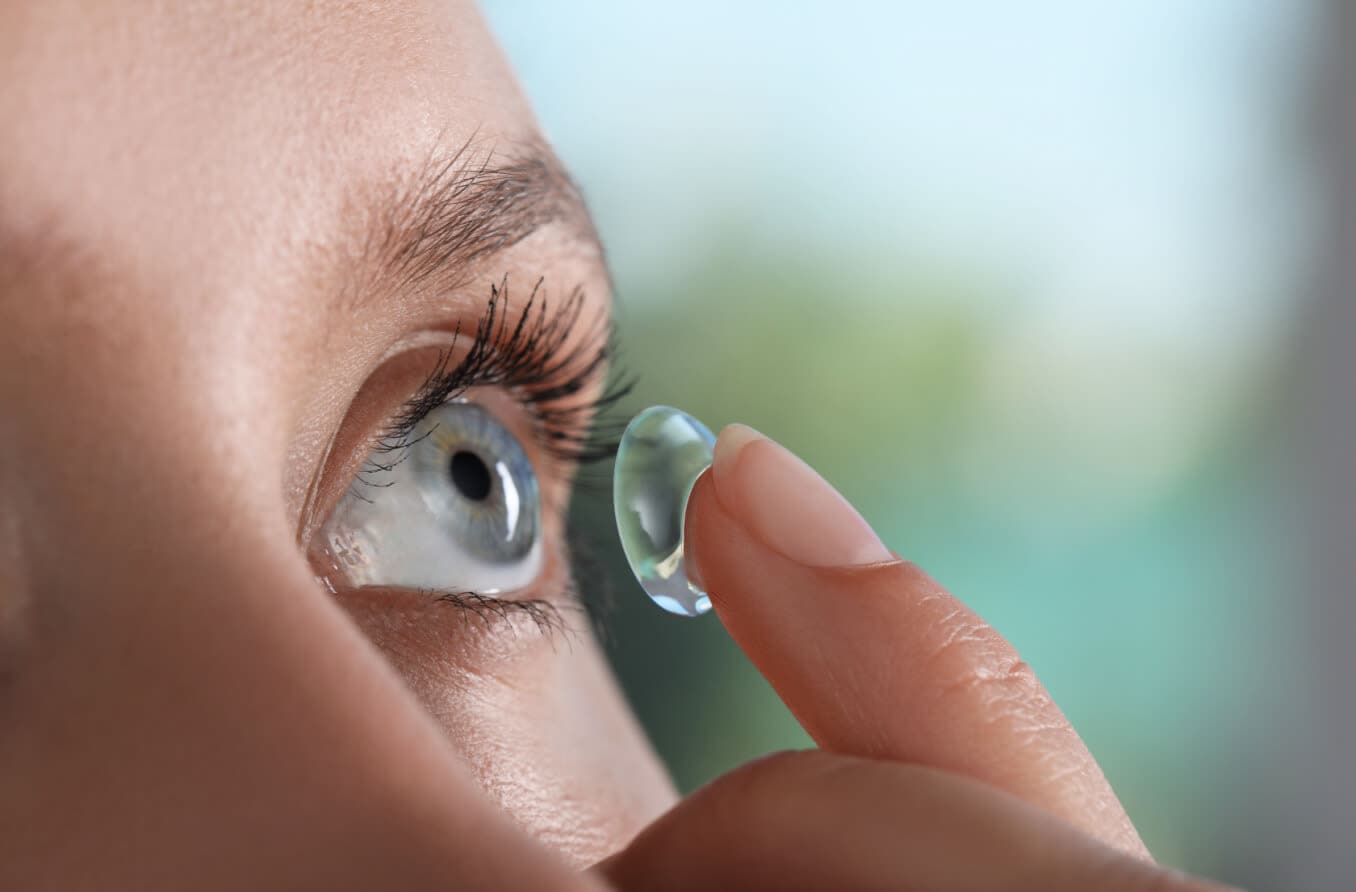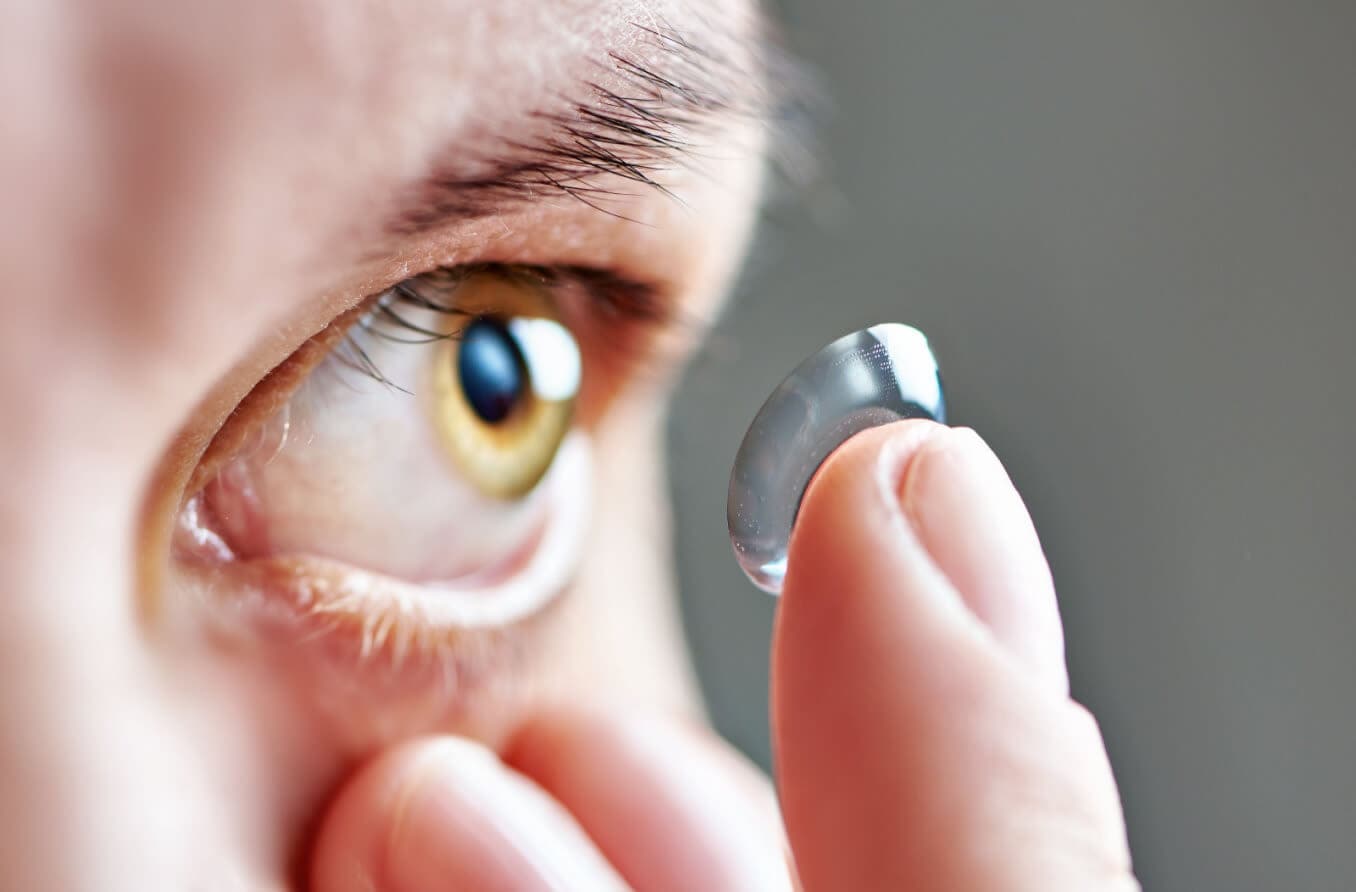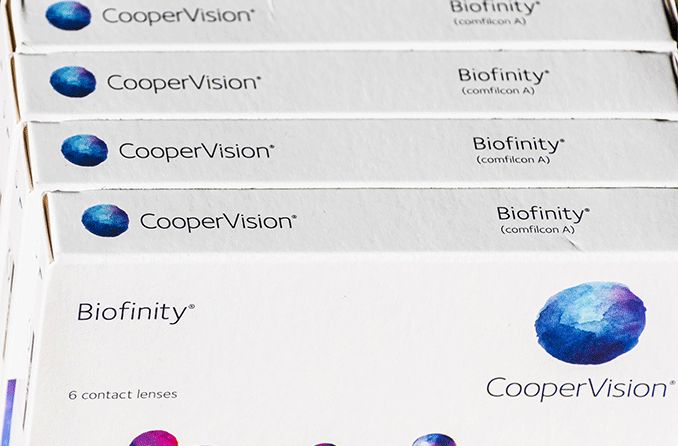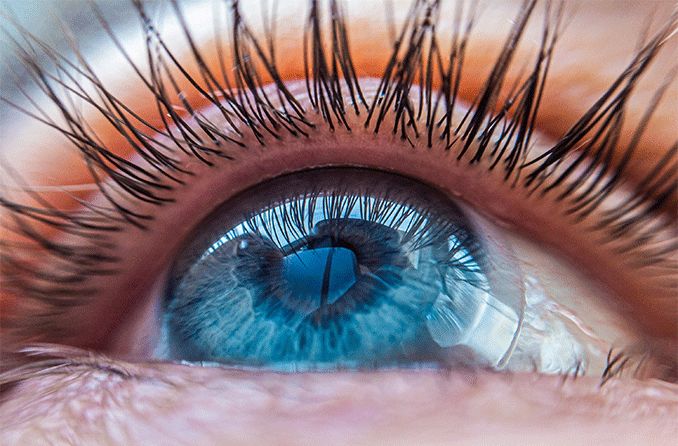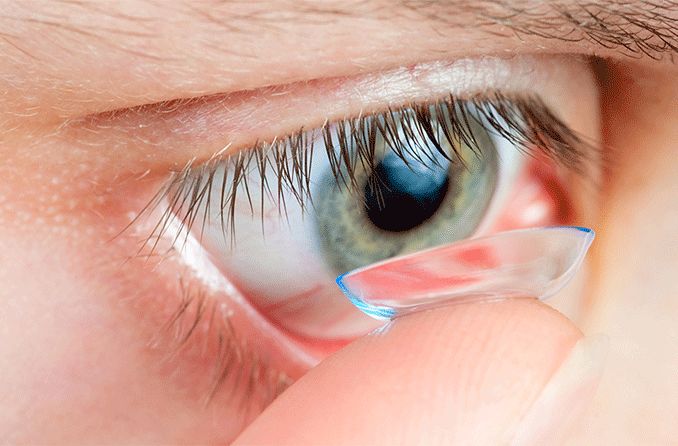Maybe you’ve got astigmatism, but you’ve always wanted vibrant jewel-toned eyes. Now you’re wondering: Are there colored contacts for astigmatism?
It is possible to get colored contact lenses for astigmatism, but you won’t find a wide selection — especially if you have more significant astigmatism.
Still have your sights set on color contacts for astigmatism? Let’s take a look at your options.
How colored contacts for astigmatism work
Soft contact lenses that correct astigmatism are called toric lenses. These lenses have a more complex design than regular soft contact lenses. Astigmatism correction requires multiple lens powers in different parts of the lens. It also requires asymmetrical weighting to keep the toric lens from rotating on your eye during wear.
Only a few companies make toric colored contacts for astigmatism. In fact, Alcon recently discontinued its brand of colored contact lenses for astigmatism — FreshLook Colorblends Toric — which means even fewer choices. Standard colored contacts typically come in two different types of tints:
- Enhancement tint — As the name suggests, these contact lenses merely enhance your natural eye color.
- Opaque tint — These contacts can give you a whole new eye color and even make brown eyes blue or green.
A contact lens prescription for astigmatism is more complex and has many more power combinations than a prescription for simple nearsightedness or farsightedness.
It’s very costly for contact lens manufacturers to create and maintain a brand of toric colored contacts. This is because there are many more possible power combinations for toric lenses than regular lens powers for nearsightedness and farsightedness.
Due to this challenge, colored toric lenses are typically available in a reduced range of powers and colors compared to non-tinted toric contact lenses or colored soft contact lenses for correction of nearsightedness and farsightedness.
Another way to get color contacts for astigmatism
If you have astigmatism and also have your heart set on color contacts, there are a few options you may want to discuss with your eye doctor. First, if you have astigmatism correction (the cylinder number in your Rx) below a certain threshold, your eye doctor may be able to correct your vision with lenses not intended for astigmatism, says Chris Day, in-house optician and contact lens fitter for Clearly. Going that route may open up an array of options since you’ll be able to use standard colored contacts, Day says.
However, if your astigmatism correction is higher (a cylinder number greater than +/- 0.75) then you have far fewer choices. There aren’t any colored contacts made of modern materials that correct higher astigmatism values, Day says.
Another option: You could consider getting LASIK for astigmatism and then using plano (non-prescription) color contacts. These are purely cosmetic colored contacts that don’t correct vision. (But all contact lenses are considered medical devices, and you will need to be fitted for these lenses by an eye care professional.)
Best colored contacts for astigmatism
The term “best colored contacts for astigmatism” is relative considering there are so few choices. Most of the top brands in contact lenses — including Acuvue — don’t offer toric colored contacts. However, here are some options for colored toric contact lenses:
- TORIColors — These monthly color contacts for astigmatism are made by Poly Dev and offer vibrant opaque color. They come in four color choices: horizon grey, emerald green, seabreeze blue and golden amber.
- Custom colored contacts for astigmatism — Another option is to talk with your doctor about the possibility of getting custom color contacts for astigmatism.
If your doctor is able to fit you with standard contacts because you have only a small degree of astigmatism, here are a few picks for best colored contacts:
- Air Optix Colors — These monthly colored contacts from Alcon work for both dark and light colored eyes and come in 12 colors, including amethyst, honey and turquoise. They offer a virtual color contact tool so you can “try on” colors using a photo of yourself.
- 1-Day Acuvue Define — These daily color-enhancing contacts are designed to play up your own eye color and add sparkle, and they come in different variations for dark or light eyes.
- Dailies Colors — These daily color contact lenses from Alcon come in four colors: mystic blue, mystic grey, mystic green and mystic hazel. They’re designed to enhance your natural eye color.
If you’re worried about cost, you should know colored contacts may cost double the amount you’d pay for clear contacts. Also, toric contacts cost more than standard soft contacts. For this reason, it’s not possible to buy “cheap” colored contacts for astigmatism.
Are colored contact lenses for astigmatism safe?
The dye used to make colored contacts may make them less healthy for your eyes, says Burt Dubow, an optometrist and past chair of the contact lens section of the American Optometric Association.
“The dye tends to cut down on the amount of oxygen that goes through the lens,” Dubow says. “So there's not as much comfort or safety in a tinted contact lens.”
Many eye doctors are leery of having patients wear tinted contact lenses that last two weeks or a month because, as the lenses get dirty from wear, even less oxygen gets through to the eyes, he says.
Daily tinted lenses are the safest, Dubow says. But no contact lens company currently makes daily tinted lenses for astigmatism.
The health issues apply only to contacts designed to change your eye color, not to lenses tinted so they’re easier to see. “A visibility tint is such a small amount of dye that it doesn't affect the safety of the lens wearer,” he says.
Where to buy colored contacts for astigmatism
You can definitely find places that sell colored contact lenses for astigmatism — if you’re willing to put in a little legwork.
First, shop around for colored contacts to see what options exist and what colors you prefer. Then make an appointment with your eye doctor for a comprehensive eye exam and contact lens fitting.
Considerations with colored contacts for astigmatism
Keep in mind that colored contacts for astigmatism tend to be made from older and less modern materials, Day points out. These materials aren't as permeable to oxygen, though they can still provide excellent vision and healthy eyes.
“It’s imperative that you work with your eye care professional to be fitted with lenses that your eye doctor can confirm fit well and are giving your corneas the oxygen they need,” Day says.
Here are some other things to remember when considering colored contacts for astigmatism:
- There may be some occasions (such as blinking) when the colored portion of the lens slides a bit over the pupil. This can create an unnatural look, particularly with opaque color contacts.
- The pupil of the eye changes size in response to different lighting conditions. In dim light, your pupils may be larger than the clear central portion of your toric colored contacts. In some cases, this may affect your ability to see clearly.
- While contacts can be a convenient alternative to glasses, they come with some risks and limitations. Be sure to follow your eye doctor’s instructions regarding wearing time and lens care to avoid risk of eye irritation or infection.
- Other potential risks of wearing contact lenses — no matter what type of contacts you choose — include corneal infections, conjunctivitis (pink eye), ulcerations and scratches on the cornea, vision impairment, and even blindness.
If you're interested in colored contacts and have astigmatism, ask your eye doctor what options you have.


